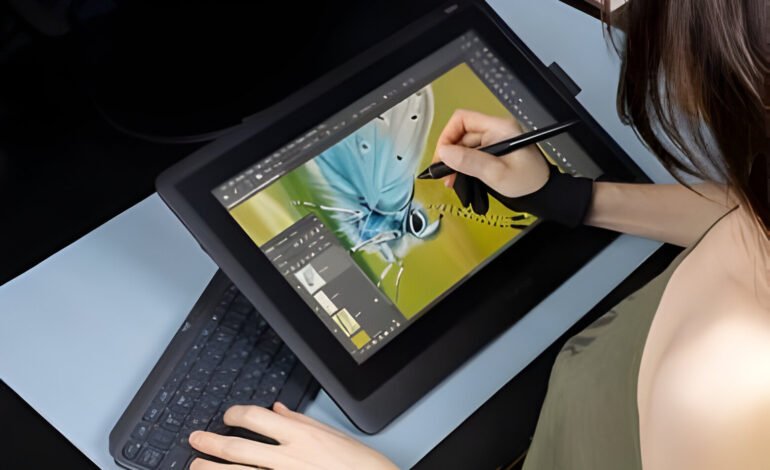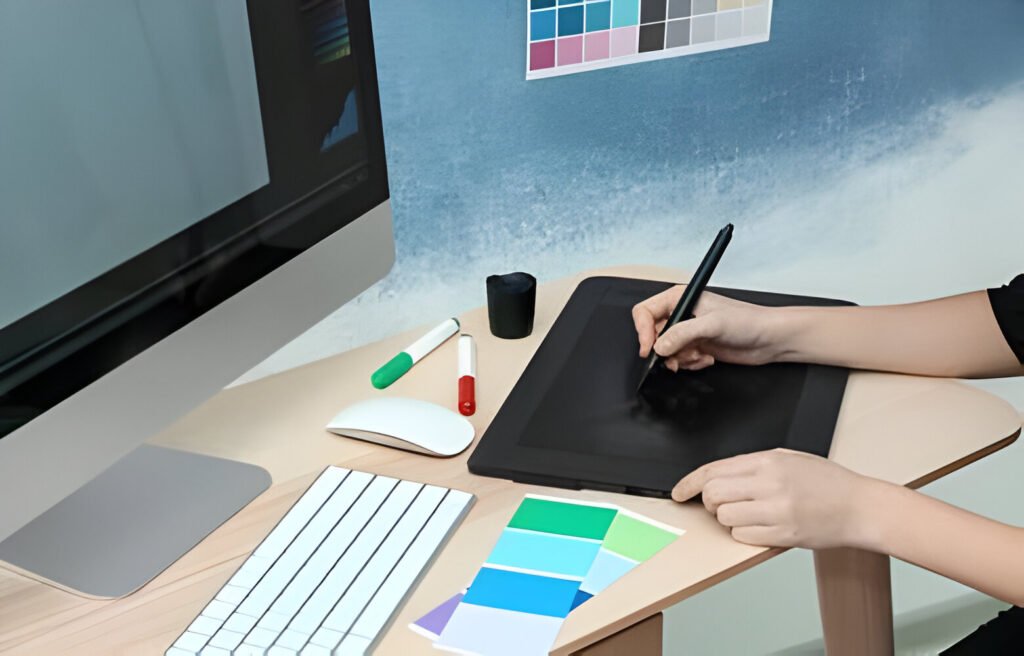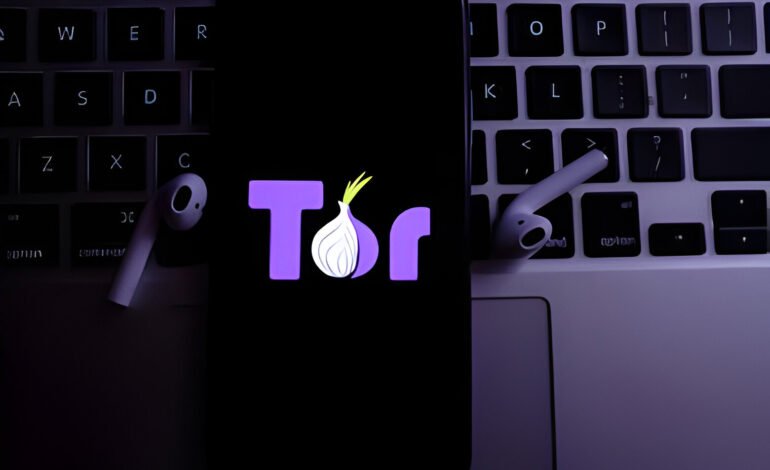
Digital Painting Techniques: A Comprehensive Guide
Digital painting has revolutionized the world of art, offering artists a myriad of tools and techniques to create stunning works. Whether you are a beginner or an experienced artist, mastering digital painting techniques can enhance your creative process. In this guide, we will explore essential digital painting techniques to help you elevate your art to the next level.
Digital painting combines traditional art techniques with digital tools, allowing artists to experiment and create without the limitations of physical media. In this comprehensive guide, we will delve into various techniques and tips that can help you master digital painting.
Understanding Digital Painting
Digital painting is an art form where artists use digital tools to create artwork on a computer or tablet. Unlike traditional painting, digital painting allows for endless undo options, layers, and a wide range of brushes and effects. Consequently, it offers unparalleled flexibility and opportunities for experimentation.
Essential Tools and Software
To get started with digital painting, you need the right tools and software. Firstly, a graphics tablet is essential for precise control and pressure sensitivity. Secondly, software like Adobe Photoshop, Corel Painter, and Procreate are popular choices among digital artists. These programs offer a variety of brushes, layers, and editing tools that are crucial for digital painting.
Basic Digital Painting Techniques
Layer Management
Layers are fundamental in digital painting. By using layers, you can separate different elements of your artwork, making it easier to edit and refine. For instance, you can have separate layers for your background, foreground, and details.
Brush Settings
Understanding brush settings is crucial. Digital brushes can mimic traditional media like oil, watercolor, and pencil. Adjusting brush size, opacity, and flow can help you achieve different effects and textures.

Sketching
Begin your with a rough sketch. This helps in planning the composition and proportions. Use a light color and a thin brush to create your initial sketch.
Advanced Digital Painting Techniques
Custom Brushes
Creating custom brushes can add a unique touch to your artwork. Custom brushes can be tailored to mimic specific textures or effects that you regularly use.
Blending Modes
Blending modes in your painting software can create various effects by altering how layers interact. Experimenting with different blending modes like Multiply, Overlay, and Soft Light can add depth and dimension to your painting.
Masking
Masks allow you to hide or reveal parts of a layer without permanently erasing them. This technique is useful for creating clean edges and making adjustments without altering the original artwork.
Color Theory and Application
Understanding color theory is essential for creating harmonious and visually appealing artwork. Use the color wheel to experiment with complementary, analogous, and triadic color schemes. Additionally, consider the mood and emotion you want to convey with your color choices.
Texture and Detail
Adding texture and detail can bring your digital paintings to life. Use various brushes and techniques to create realistic textures, such as fur, fabric, and foliage. Zoom in to add fine details that enhance the overall realism of your artwork.
Lighting and Shadows
Mastering lighting and shadows is crucial for creating depth and dimension. Study how light interacts with objects in real life and apply these principles to your. Use a separate layer for shadows and highlights to easily adjust their intensity.
Blending and Brushwork
Smudge Tool
The smudge tool can be used to blend colors wispwillow smoothly. However, use it sparingly to avoid a muddy look.
Brush Strokes
Vary your brush strokes to create different effects. Experiment with short, quick strokes for details and long, smooth strokes for larger areas.
Common Mistakes to Avoid
Avoiding common mistakes can save you time and frustration. Firstly, don’t rely too heavily on the undo button; instead, learn from your mistakes. Secondly, avoid using too many layers as it can complicate the editing process. Lastly, don’t neglect fundamentals like anatomy, perspective, and composition.
Digital painting offers endless possibilities for creativity and expression. By mastering these techniques, you can elevate your artwork and develop a unique style. Practice regularly, experiment with different tools and methods, and most importantly, enjoy the process of creating digital art.





